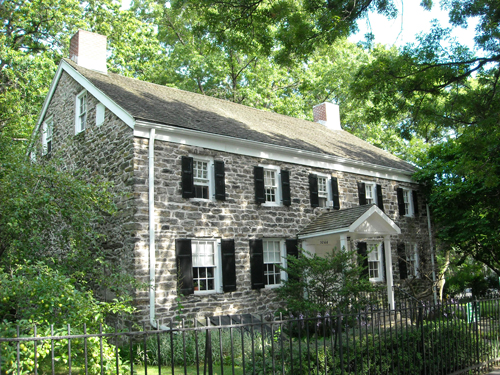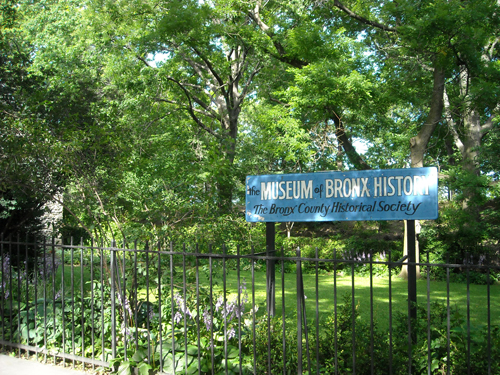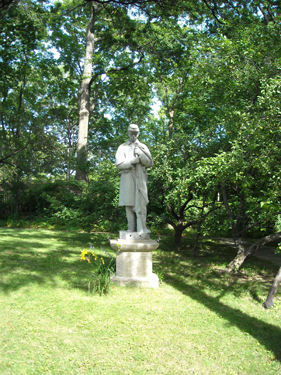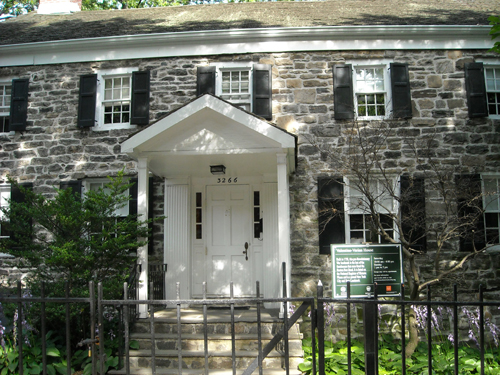Valentine-Varian House

3266 Bainbridge Avenue at East 208th Street
Isaac Valentine, farmer, blacksmith & builder
ca. 1758
The Valentine-Varian House is a solidly built, 18th century cut-fieldstone structure that was the farmhouse of Isaac Valentine’s 260-acre homestead. During the American Revolution, the family fled as the farm became a battleground. British and Hessian soldiers even occupied the house until they were routed by Colonial forces in a 1777 skirmish. That the house, thought to have been built in 1758, endures into this century is remarkable since so few structures from the period remain in New York City. The house, in fact, is the second oldest in the Bronx.
The Valentine house and farm were sold to the merchant Isaac Varian, Sr. in 1791. The Varian’s gave us a New York City mayor (Isaac L. Varian from 1839-1841) and an Alderman (George W. Varian in 1856), and kept the house in the family until 1905. The property was then disposed of; the land was divided into parcels and sold at auction. A lawyer, William F. Beller, recognized the historical significance of the house, bought it, and later willed it to his son William C. Beller. The son rented out the house and held it even as the location was becoming increasingly built up with surrounding apartment buildings. Inevitably, a developer offered to buy the property, demolish the house and build an apartment building in its place. The terms of William F. Beller’s will, however, required that the house be preserved.
Honoring his father’s wishes, the son donated the house to the Bronx County Historical Society in 1960 and offered to pay to have the house moved. It took five years to make all the necessary arrangements. Finally, in 1965, the house was moved diagonally north from Van Cortlandt Avenue East across the street to Bainbridge Avenue onto land that was part of the original farm. After three years of work, the house was finally restored. It opened to the public on May 30, 1968 as the Museum of Bronx History and as the historical society’s original headquarters.
This historic house is an example of simple Georgian domestic architecture, constructed of good materials. It is notable for its original fieldstone exterior, four fireplaces, and hand forged nails. Additionally it has much of its original wide floorboards, hand-hewn pegged rafters, and hand-wrought iron hardware and forged nails. A small cutaway section in the museum shows hand-split chestnut laths and mortar made of mud, lime and cow hair that were used in wall construction.
The house offers a chance to admire early construction techniques and see a structure that dates from the early founding of the nation. The Valentine-Varian House was included in the Historic American Buildings Survey in 1934. It was designated a New York City Landmark in 1966; and was listed on the National Register of Historic Places in 1978.
Janet Butler Munch
Photographs:
Lehman College Art Gallery



